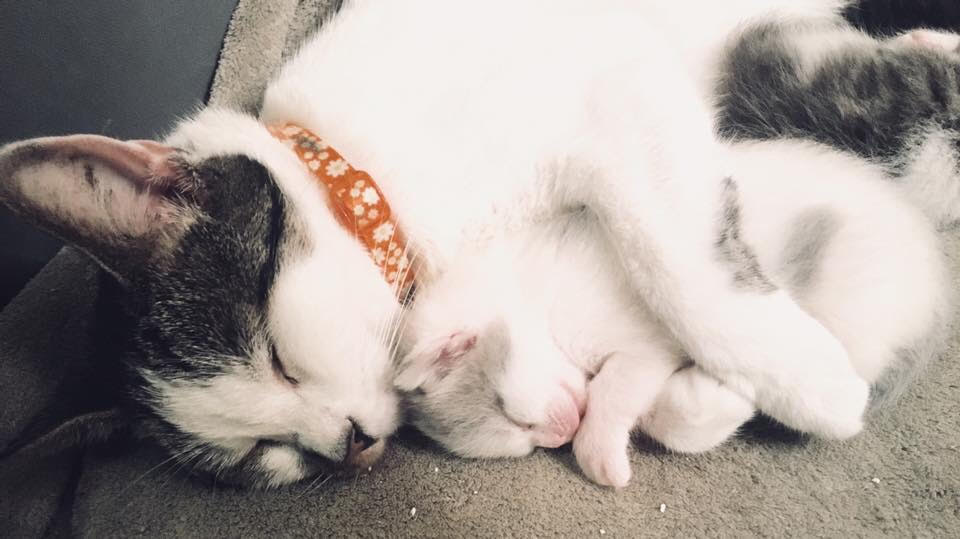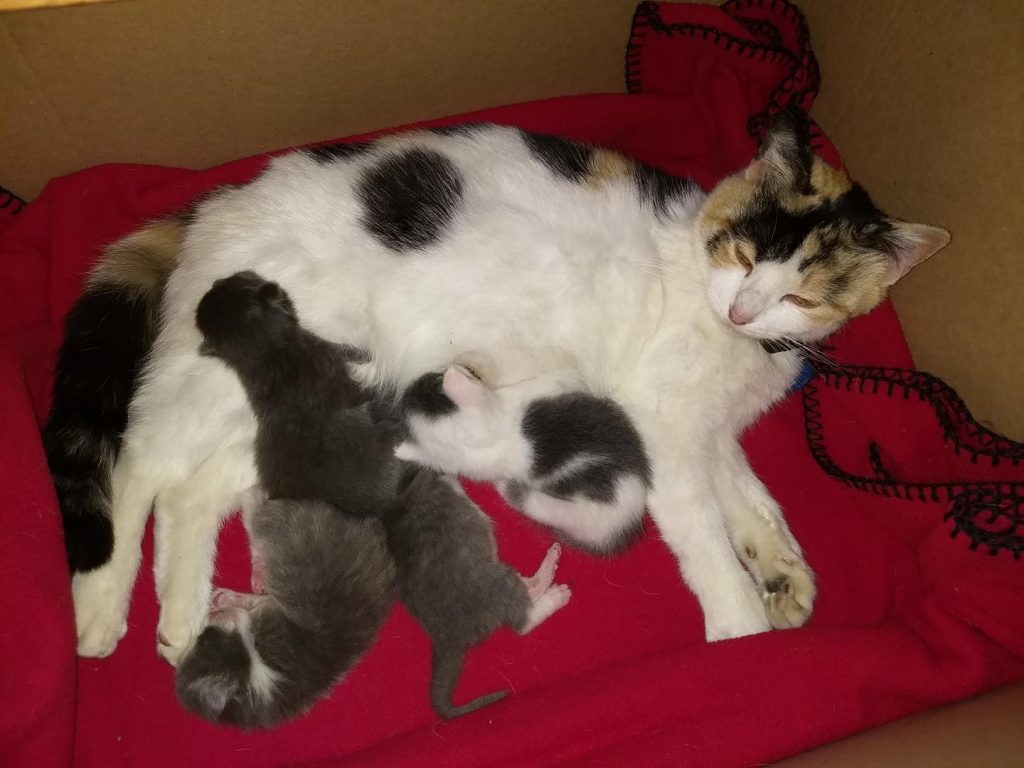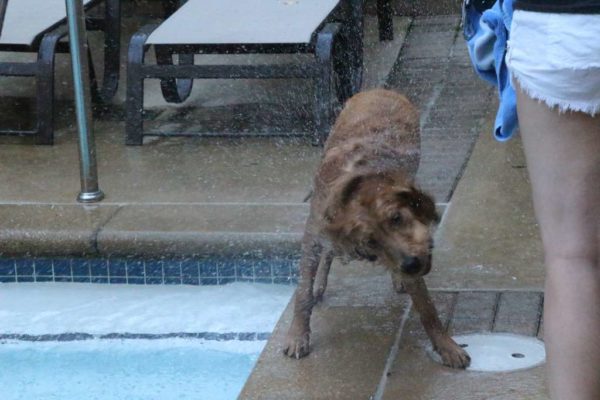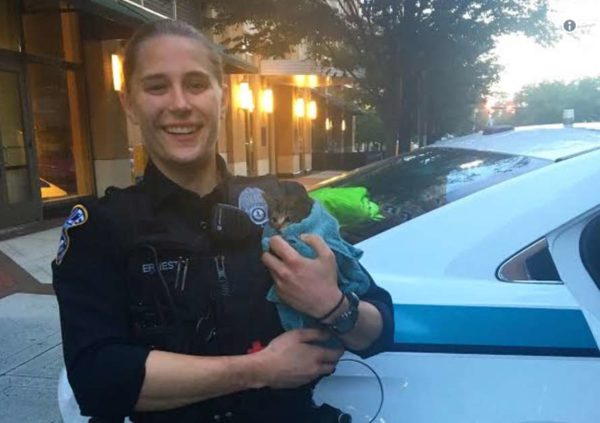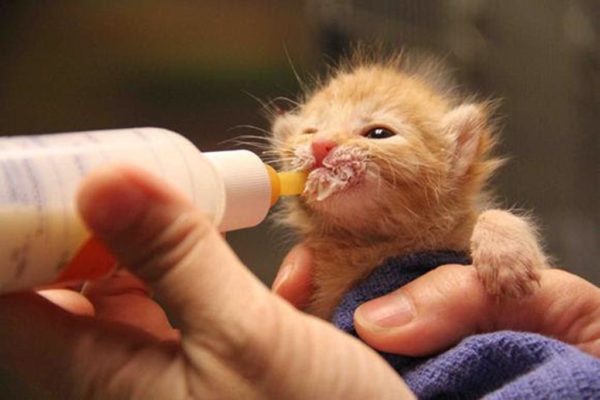
Editor’s Note: Healthy Paws is a column sponsored and written by the owners of Clarendon Animal Care, a full-service, general practice veterinary clinic. The clinic is located 3000 10th Street N., Suite B. and can be reached at 703-997-9776.
Sometimes it’s hard to say that our fur-kids really are not human. Many of us love them and treat them like they are. While we could argue behavioral and psychological reason for and against that perspective, one thing that is pretty straight forward is drug metabolism…
Dogs and cats are not small humans and cats are not small dogs. Each species has very different abilities to metabolize certain drugs and as such, there are some human medications that should NEVER be given to our pets, some that can under direct supervision of a veterinarian, and some that are fine to use but may require a different doses for our pets than humans.
NEVER:
Tylenol (acetaminophen), in cats: Causes a life-threatening inability to deliver oxygen to tissues.
Pepto Bismol in cats and dogs: Contains aspirin in a form that is not useful for treating any condition and often causes GI bleeding.
Breath Fresheners in dogs and cats: Some human breath fresheners can contain xylitol, which has the potential to cause the blood sugar to drop dangerously low (hypoglycemia), causing loss of motor control or even seizures; and even liver failure.
Ibuprofen in dogs and cats: Very easy to overdose and can cause symptoms ranging from upset stomach, gastrointestinal bleeding, kidney failure and acute neurologic symptoms.
Pseudophedrine and phenylephrine in dogs and cats: Can cause gastrointestinal symptoms, agitation and heart rhythm disturbances.
ONLY UNDER VETERINARY DIRECTION & SUPERVISION:
Aspirin in dogs and cats: If given at high enough doses to help with inflammation, aspirin almost always causes gastrointestinal bleeding. There are far better and far safer medications to help with inflammation (arthritis and pain). We can use it safely in very low doses to reduce platelet activity and clotting in certain disease situations that predispose clotting.
Immodium AD in dogs: While not toxic to most dogs, some dogs may carry a genetic mutation that makes the more sensitive to the effects of this drug and can lead to seizures and even coma.
GenTeal Eye Lubricant: This is a useful artificial tear supplement when your dog has been accurately diagnosed with Keratoconjunctivitis Sicca (AKA “Dry Eye”). Eye issues can quickly go awry, so always have a veterinarian exam before trying to treat at home.
Tylenol in dogs: The dose range is pretty narrow and it’s definitely not a first-line pain medication in dogs. We tend to use it more with severe pain, and in combination with codeine. Overdosing can cause severe liver disease and so should only be used exactly as directed and prescribed by your veterinarian.
Antihistamines in dogs and cats: Claritin (loratidine), and Zyrtec (cetirizine) can be used to reduce itching. Claritin and Zyrtec tend to be better for general allergies in our dogs, but they do not cause drowsiness in dogs and cats they way they do in humans, so don’t try these as a sedative. Talk to your veterinarian about dosing. **Be sure NOT to use an antihistamine that contains Pseudophedrine – such as Zyrtec-D or Claritin-D**
SAFE TO USE (though we still recommend consulting with your veterinarian before starting these medications):
Pepcid AC (famotidine) in dogs and cats: Pepcid and other antacids such as Zantac (ranitidine) or Prilosec (omperazole) are safe for pets and used for many different diseases (such as gastroenteritis, kidney failure and liver failure). Check with your veterinarian for dosing.
Antihistamines: Benadryl (diphenhydramine) tends to be better for acute allergic reactions (such as bug bites and contact allergies that cause hives) and may cause mild drowsiness. It doesn’t do nearly as good a job for general allergies as some of the newer antihistamines. The dose is 1mg per pound of body weight every 8-12 hours for allergic reactions (so a 25lb dog would get 25mg every 8-12 hours). If the symptoms are not improving within 24 hours of starting Benadryl or if the allergic reaction is getting worse in spite of using Benadryl — your pet needs to be seen by a veterinarian!
Meclizine in dogs: This is a motion sickness medication, similar to Dramamine, that can be helpful for reducing car sickness and doesn’t cause much drowsiness. The dose is 12.5mg-25mg per dog given 1-2 hours before a car ride.
Topical ointments with a numbing cream: In most cases, a topical Bacitracin ointment is likely okay to use, but when they are supplemented with a pain numbing cream, such as hydrocortisone or tetracaine, these can be toxic if ingested. Most dogs and cats tend to lick ointments immediately after application and we often recommend the use of an e-collar (i.e. the cone of shame) when using topical medications.
Additional resources on toxic and non-toxic household items, plants and medications can be found at ASPCA’s Animal Poison Control’s website: http://www.aspca.org/pet-care/animal-poison-control





